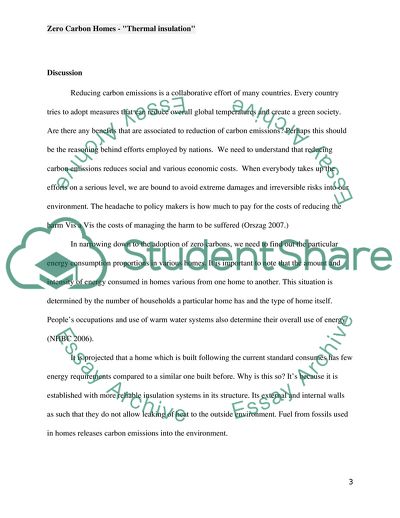Cite this document
(Zero Carbon Homes - Thermal Insulation Essay Example | Topics and Well Written Essays - 2750 words, n.d.)
Zero Carbon Homes - Thermal Insulation Essay Example | Topics and Well Written Essays - 2750 words. https://studentshare.org/engineering-and-construction/1809356-zero-carbon-homes-thermal-insulation
Zero Carbon Homes - Thermal Insulation Essay Example | Topics and Well Written Essays - 2750 words. https://studentshare.org/engineering-and-construction/1809356-zero-carbon-homes-thermal-insulation
(Zero Carbon Homes - Thermal Insulation Essay Example | Topics and Well Written Essays - 2750 Words)
Zero Carbon Homes - Thermal Insulation Essay Example | Topics and Well Written Essays - 2750 Words. https://studentshare.org/engineering-and-construction/1809356-zero-carbon-homes-thermal-insulation.
Zero Carbon Homes - Thermal Insulation Essay Example | Topics and Well Written Essays - 2750 Words. https://studentshare.org/engineering-and-construction/1809356-zero-carbon-homes-thermal-insulation.
“Zero Carbon Homes - Thermal Insulation Essay Example | Topics and Well Written Essays - 2750 Words”. https://studentshare.org/engineering-and-construction/1809356-zero-carbon-homes-thermal-insulation.


